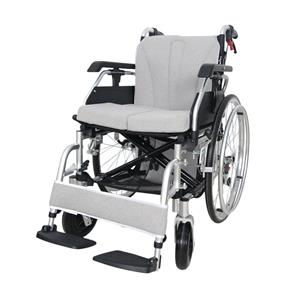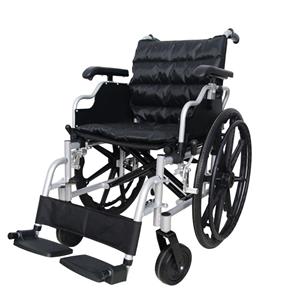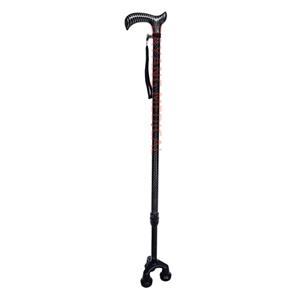What is a wheelchair for cerebral palsy called?
Types of Wheelchairs for Cerebral Palsy Patients
1.Manual Wheelchairs
Manual wheelchairs are the most basic form of mobility assistance for individuals with cerebral palsy. They are manually propelled by the user or pushed by a caregiver. These wheelchairs come in various sizes and configurations to accommodate different body types and needs. However, manual wheelchairs may not be suitable for individuals with severe muscle weakness or limited upper body strength.
2. Electric Wheelchairs for Cerebral Palsy
Electric wheelchairs, also known as power wheelchairs, are motorized devices that provide greater independence for individuals with limited mobility. They are controlled by the user through a joystick or other input devices, allowing them to navigate their environment with ease. Electric wheelchairs for cerebral palsy patients often come with customized features such as:
· Tilt-in-Space: This feature allows the seat to tilt, providing pressure relief and promoting better blood circulation.
· Reclining Backrest: A reclining backrest can help maintain a comfortable posture and reduce the risk of pressure sores.
· Elevating Legrests: These can be adjusted to various angles, providing comfort and support for the legs.
3. Motorized Wheelchairs for Cerebral Palsy
Motorized wheelchairs are similar to electric wheelchairs but may offer additional features and customization options. They are designed to provide a higher level of independence and control for users. Some motorized wheelchairs for cerebral palsy patients include:
· Smart Drive Controls: Advanced control systems that adapt to the user's driving patterns, making navigation more intuitive and efficient.
· Rough Terrain Capabilities: Some motorized wheelchairs are designed to handle uneven surfaces and outdoor environments, providing greater mobility options.
· Customizable Seating Systems: These systems can be tailored to the user's specific needs, offering optimal support and comfort.

Benefits of Wheelchairs for Cerebral Palsy Patients
Improved Mobility
Wheelchairs for cerebral palsy patients provide a means of independent mobility, allowing individuals to move around their homes, schools, and communities with ease. This increased mobility can lead to improved quality of life and greater participation in social activities.
Enhanced Comfort and Support
Specialized wheelchairs for cerebral palsy patients are designed with the user's comfort and support in mind. Features such as tilt-in-space, reclining backrests, and customizable seating systems can help maintain proper posture, reduce the risk of pressure sores, and provide overall comfort.
Increased Safety
Wheelchairs designed for cerebral palsy patients often come with safety features such as anti-tip wheels, secure seat belts, and advanced braking systems. These features help ensure the user's safety while navigating various environments.
Customized Solutions
One of the key advantages of wheelchairs for cerebral palsy patients is the ability to customize them to meet the individual's specific needs. This can include adjustments to the wheelchair's size, seating system, and control mechanisms, ensuring a perfect fit and optimal functionality.
Challenges and Considerations
Cost
Specialized wheelchairs for cerebral palsy patients can be expensive, and not all insurance providers cover the full cost. It is essential for families and individuals to research funding options and work with healthcare professionals to determine the most cost-effective solution.
Maintenance and Repair
Electric and motorized wheelchairs require regular maintenance and may need repairs over time. It is crucial to have access to reliable service providers and to budget for ongoing maintenance costs.
Training and Adaptation
Learning to operate a wheelchair, especially an electric or motorized one, may take time and practice. Individuals with cerebral palsy and their caregivers may need training to ensure safe and efficient use of the wheelchair.
Conclusion
Wheelchairs for cerebral palsy patients, including electric and motorized options, play a vital role in enhancing the quality of life for individuals with this condition. They provide independence, comfort, and support, allowing users to engage in daily activities with greater ease. It is essential to work with healthcare professionals to determine the most suitable wheelchair for each individual's needs and to consider the costs, maintenance, and training involved in using these devices.




